How hard would it be to take an image of an object (in this case of a predefined object), and develop an algorithm to cut just that object out of a photo with a background of varying complexity.
Further to this, a photo's object (say a house, car, dog - but always of one type) would need to be transformed into a 3d render. I know there are 3d rendering engines available (at a cost, free, or with some clause), but for this to work the object (subject) would need to be measured in all sorts of ways - e.g. if this is a person, we need to measure height, the curvature of the shoulder, radius of the face, length of each finger, etc.
What would the feasibility of solving this problem be? Anyone know any good links specialing in this research area? I've seen open source solutions to this problem which leaves me with the question of the ease of measuring the object while tracing around it to crop it out.
Thanks
Essentially I want to take a 2d image (typical image:which is easier than a complex photo containing multiple objects, etc.)
 ,
,
But effectively I want to turn that into a 3d image, so wouldn't what I want to do involve building a 3d rendering/modelling engine?
Furthermore, that link I have provided goes into 3ds max, with a few properties set, and a render is made.